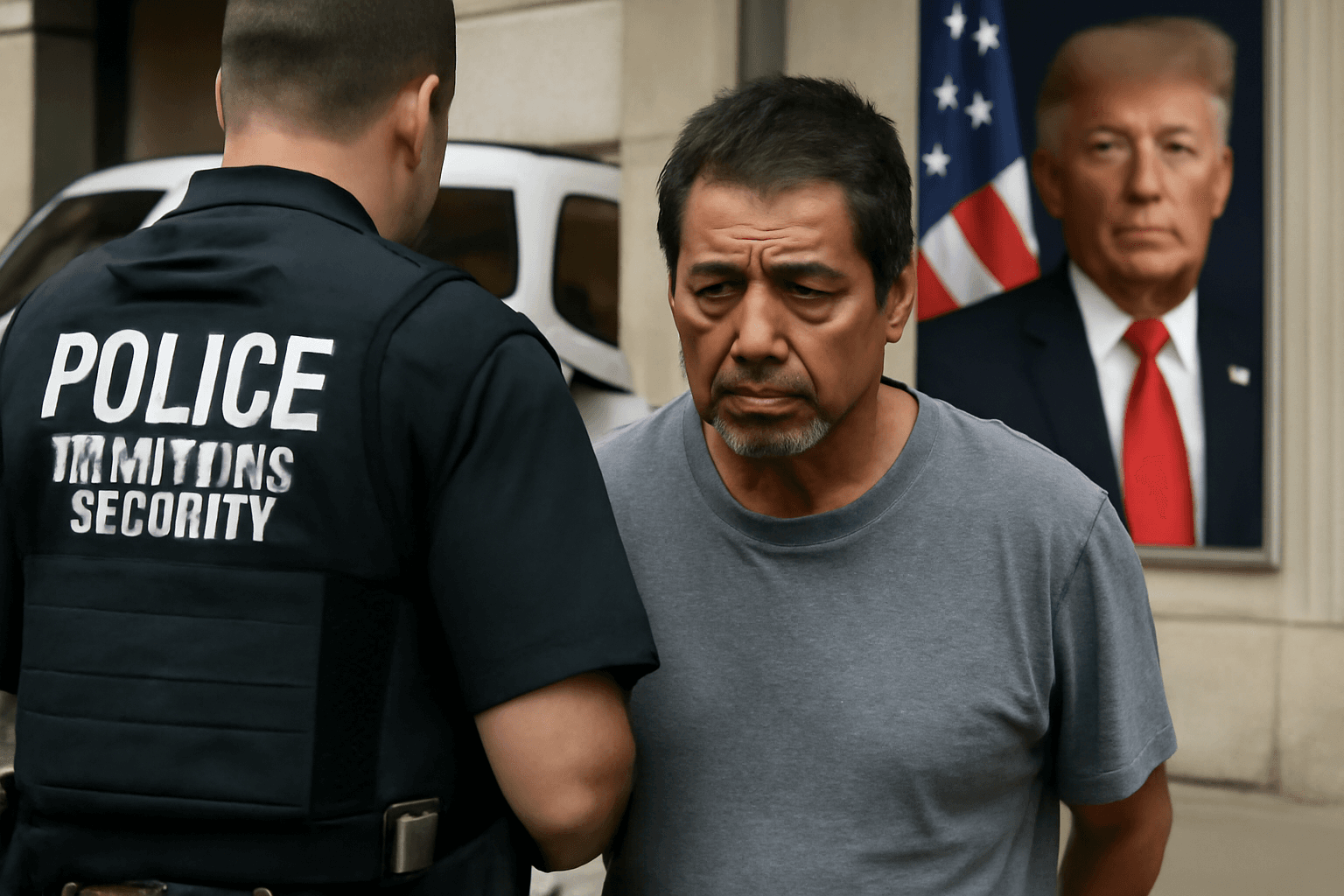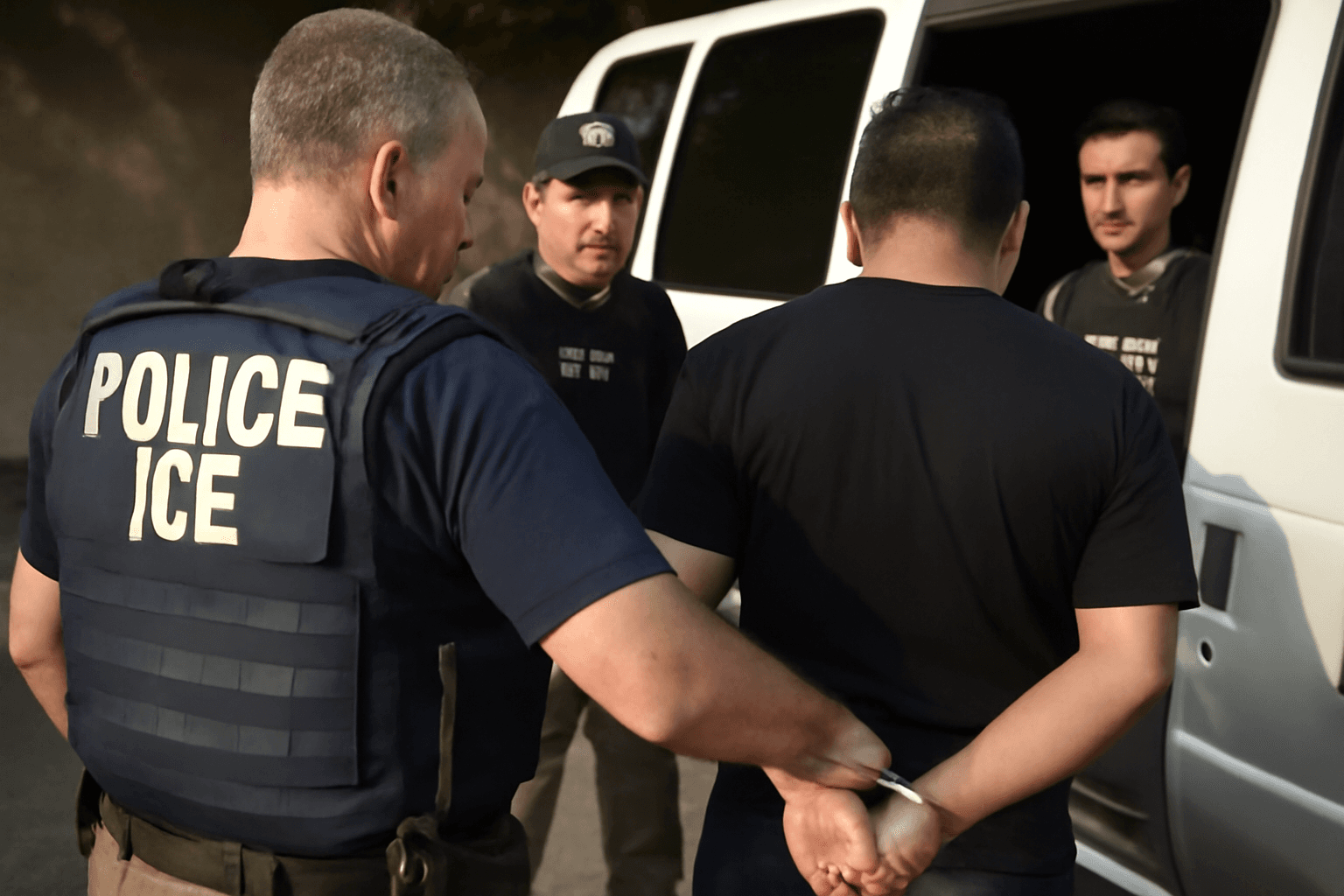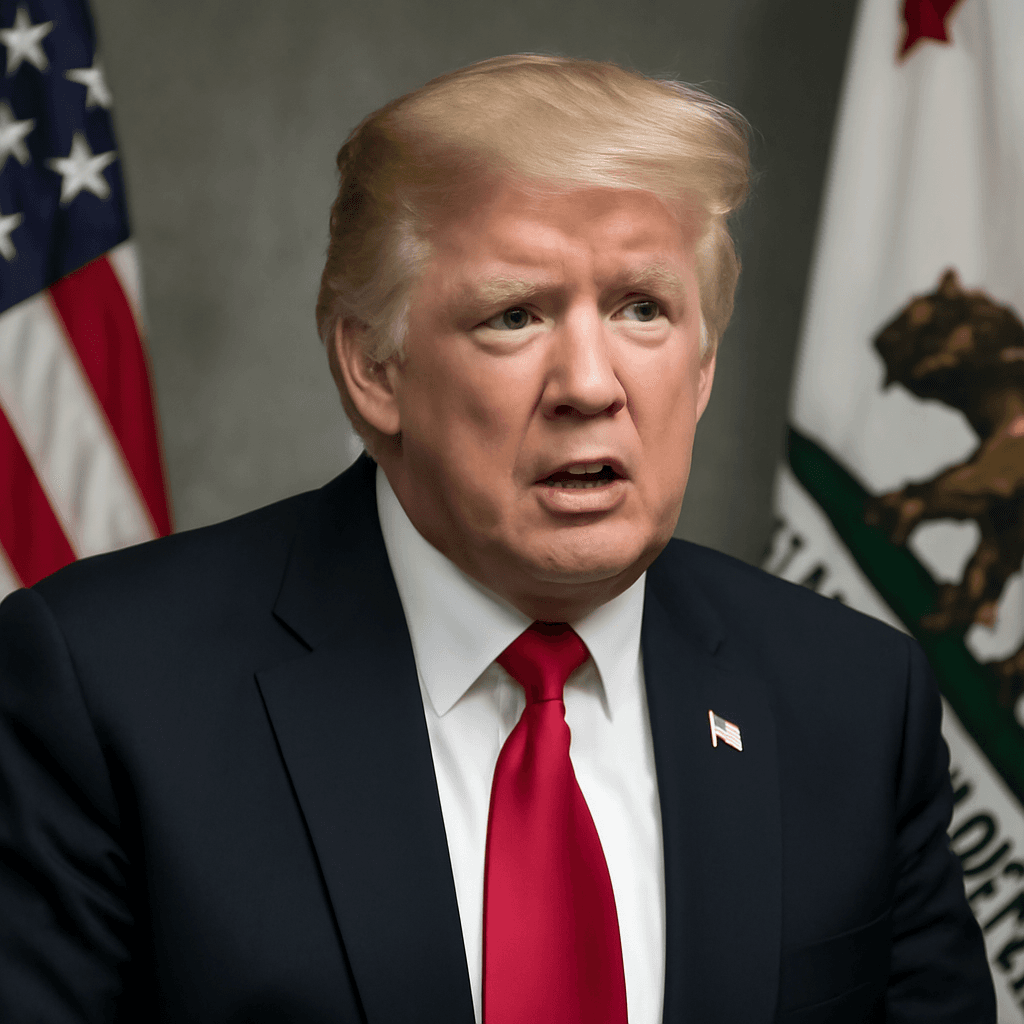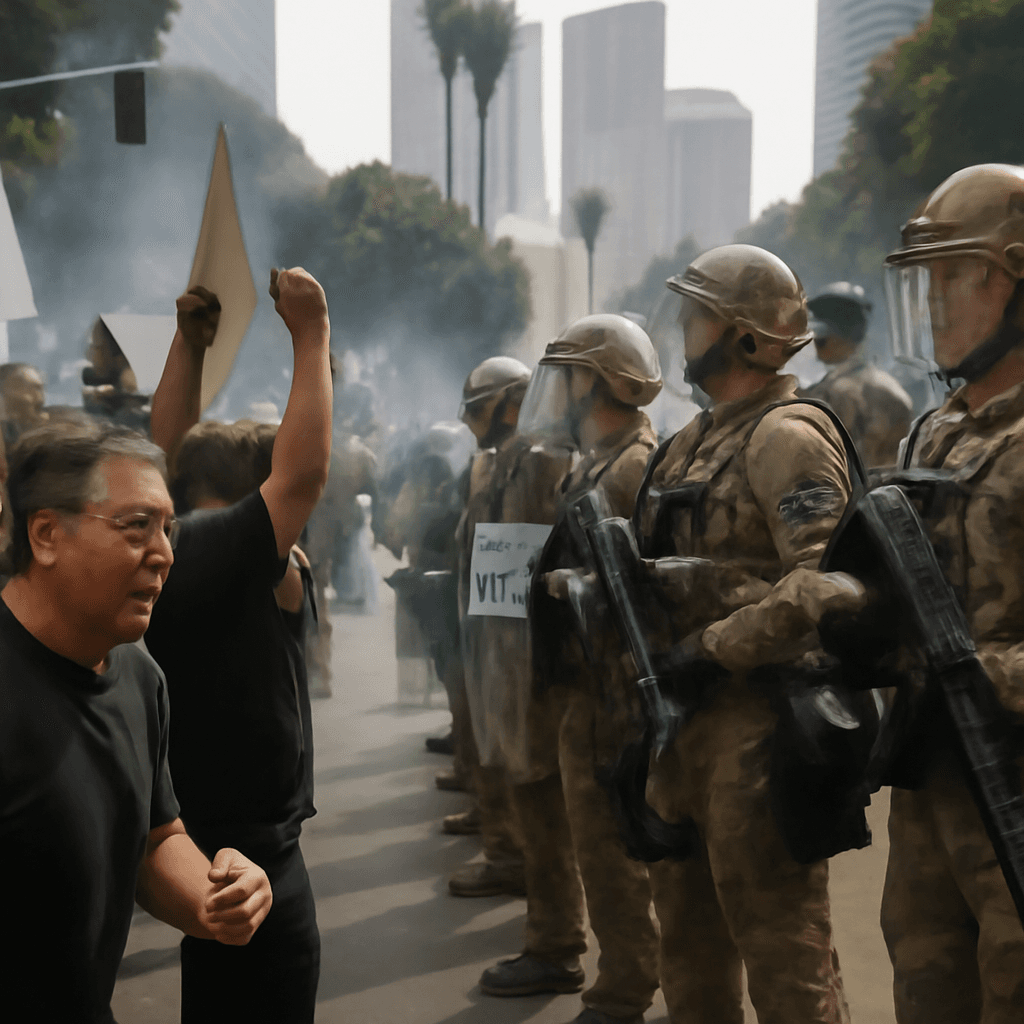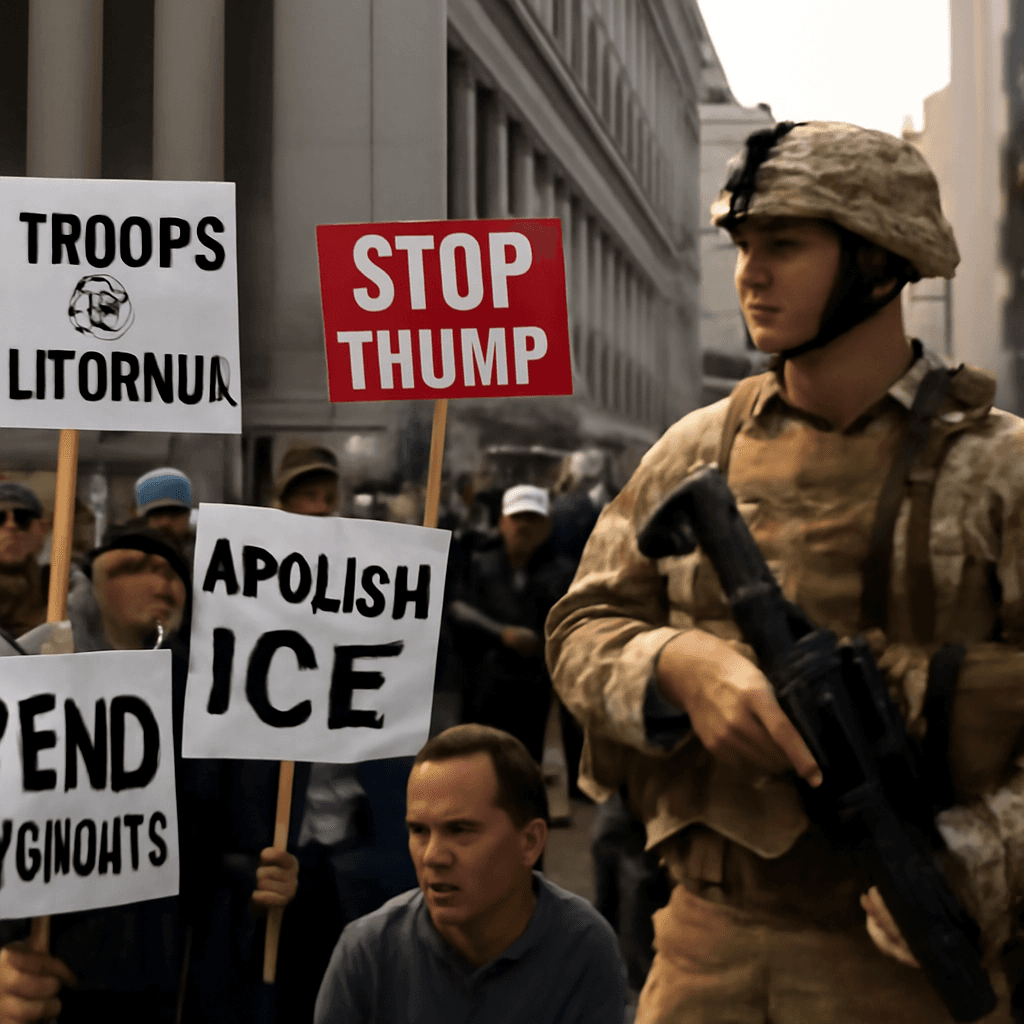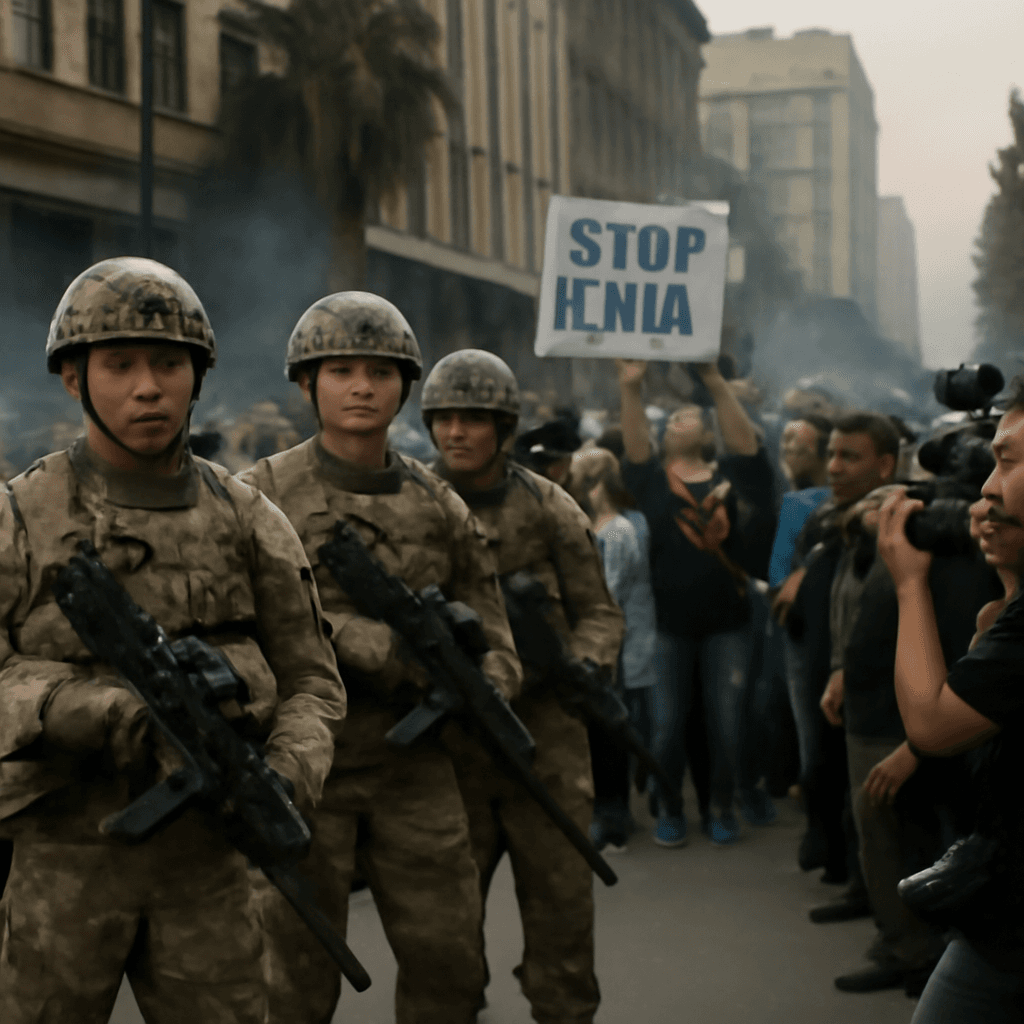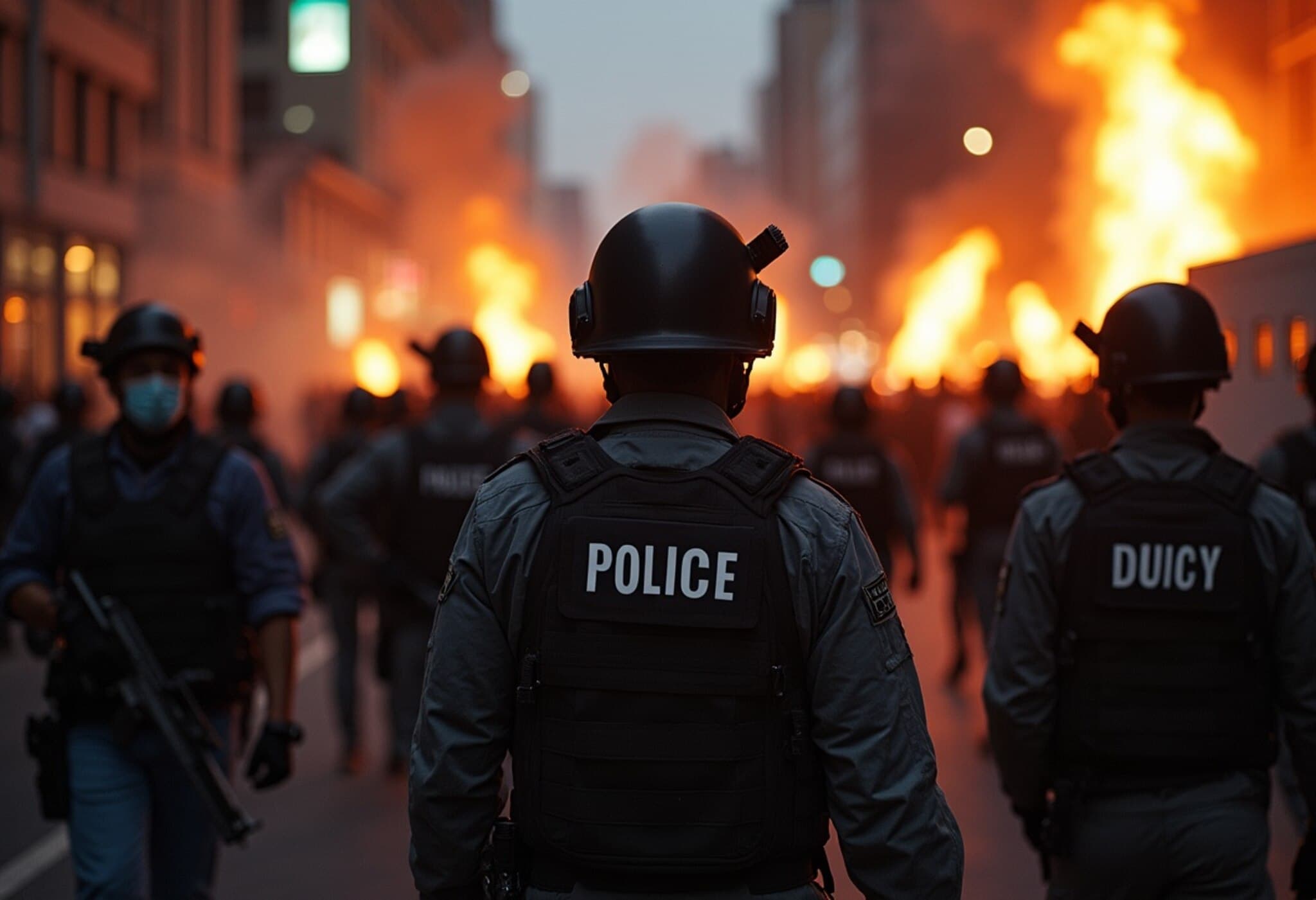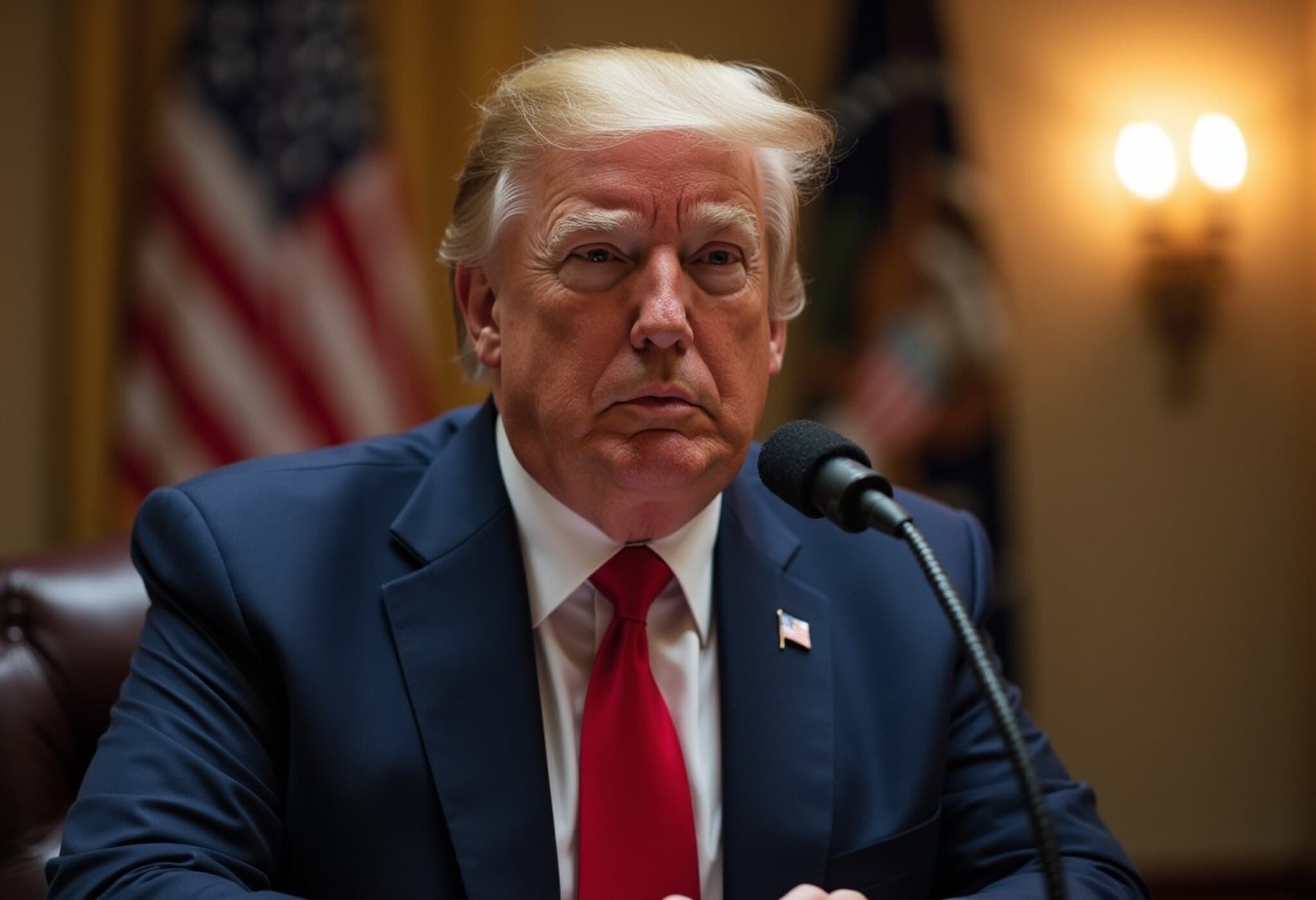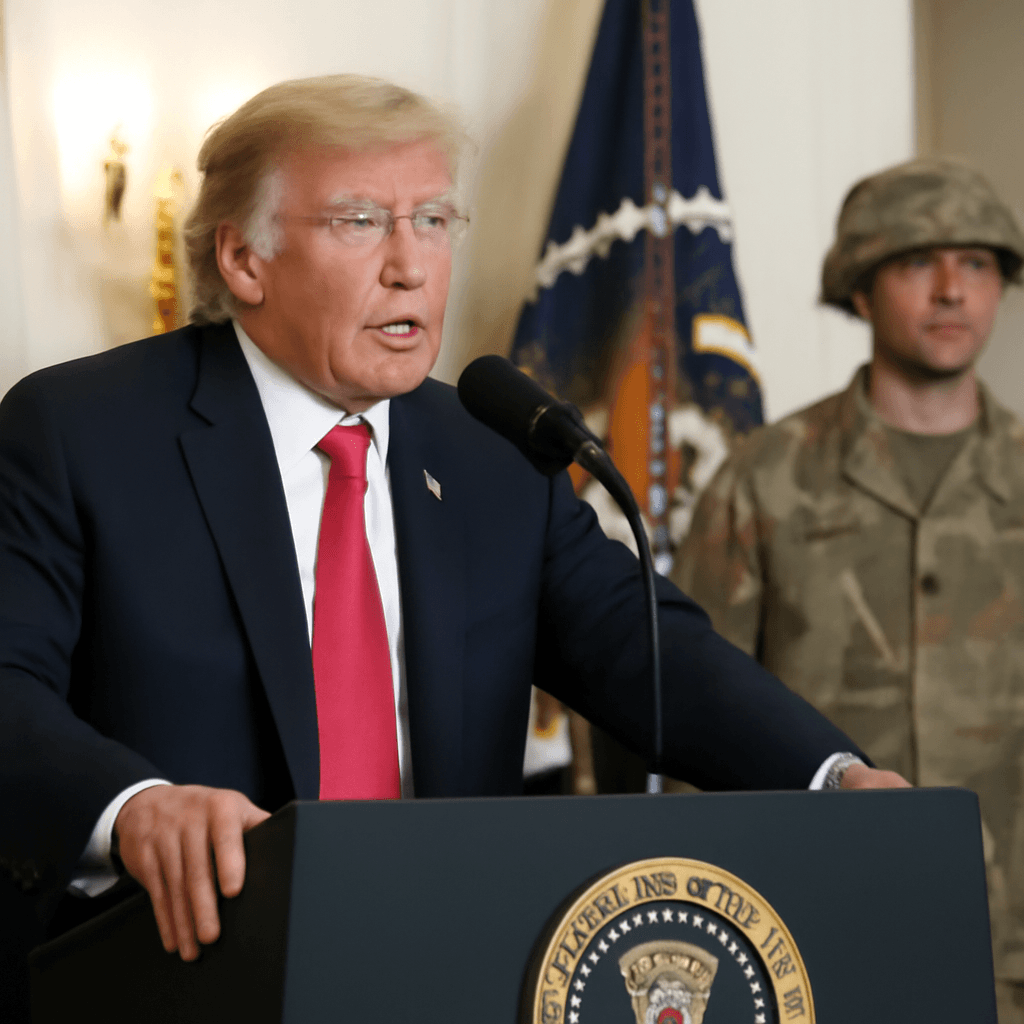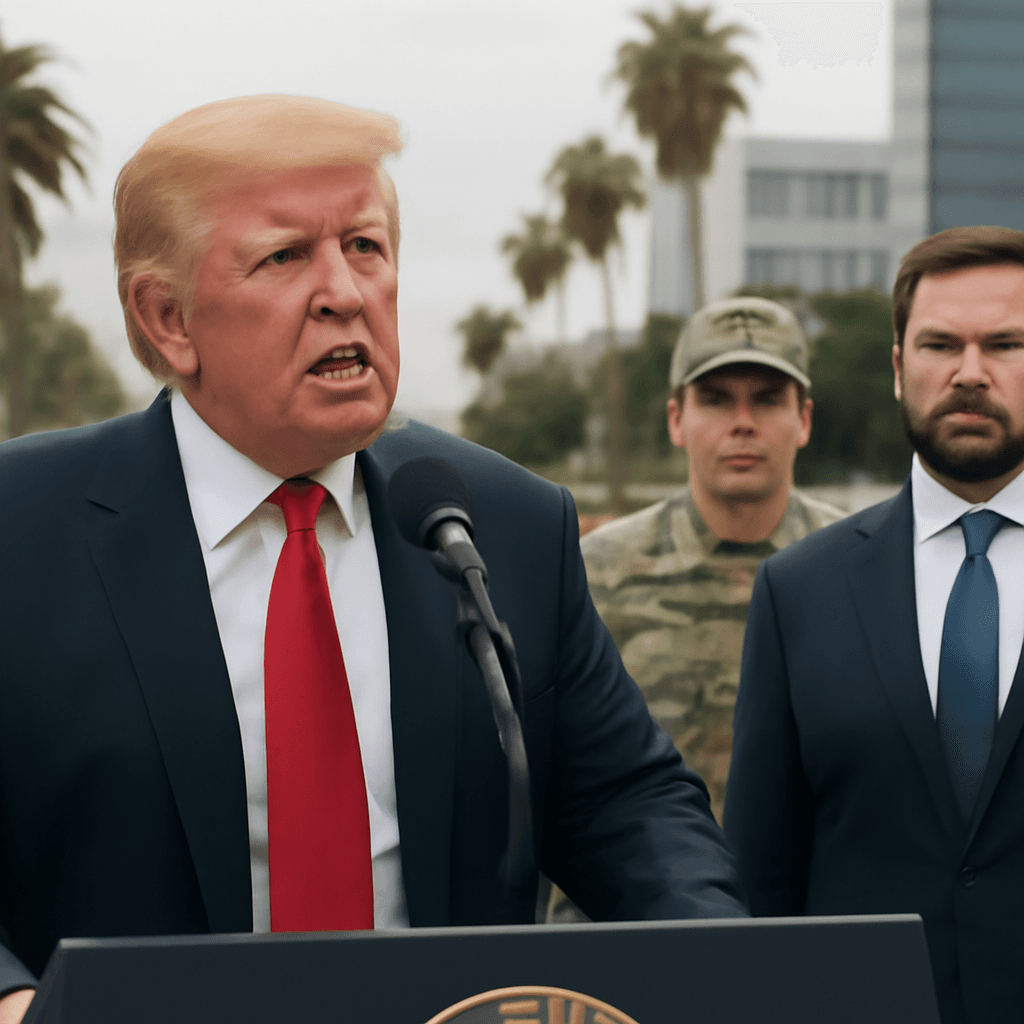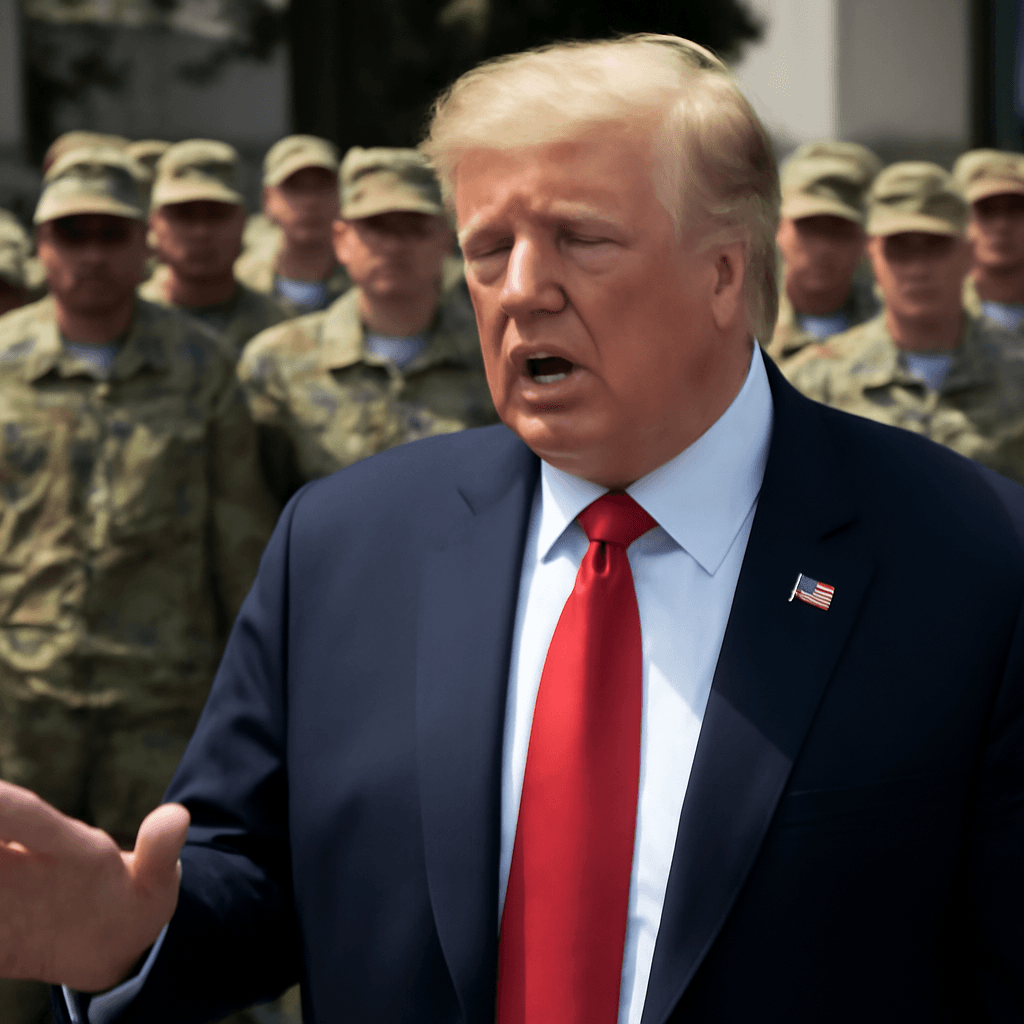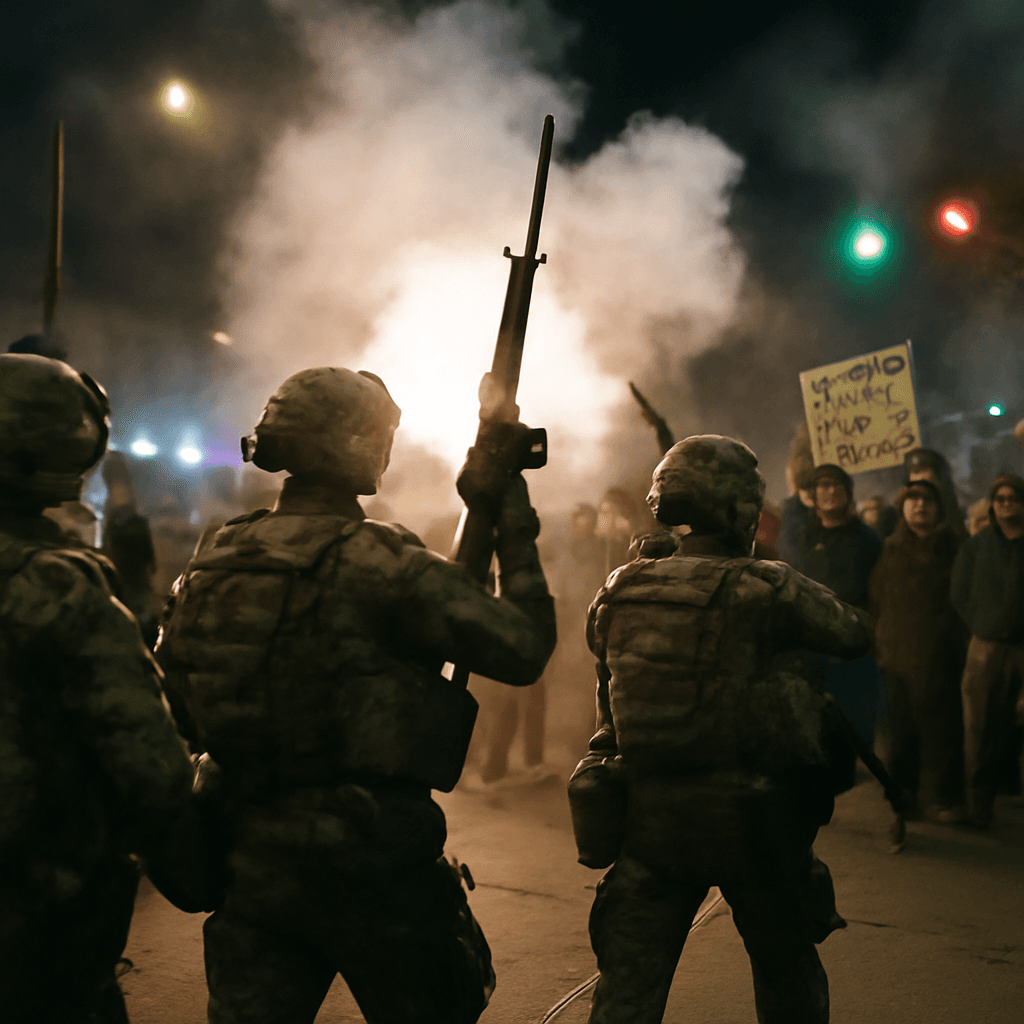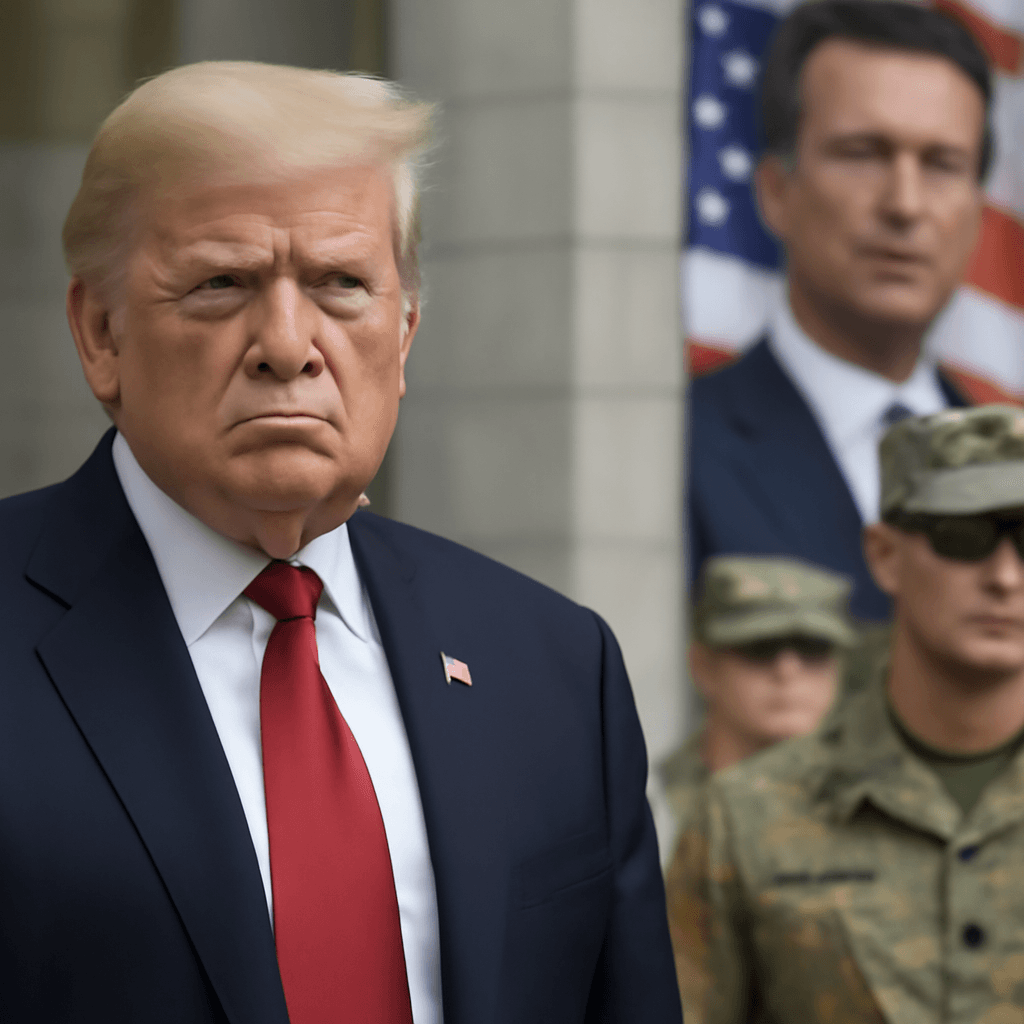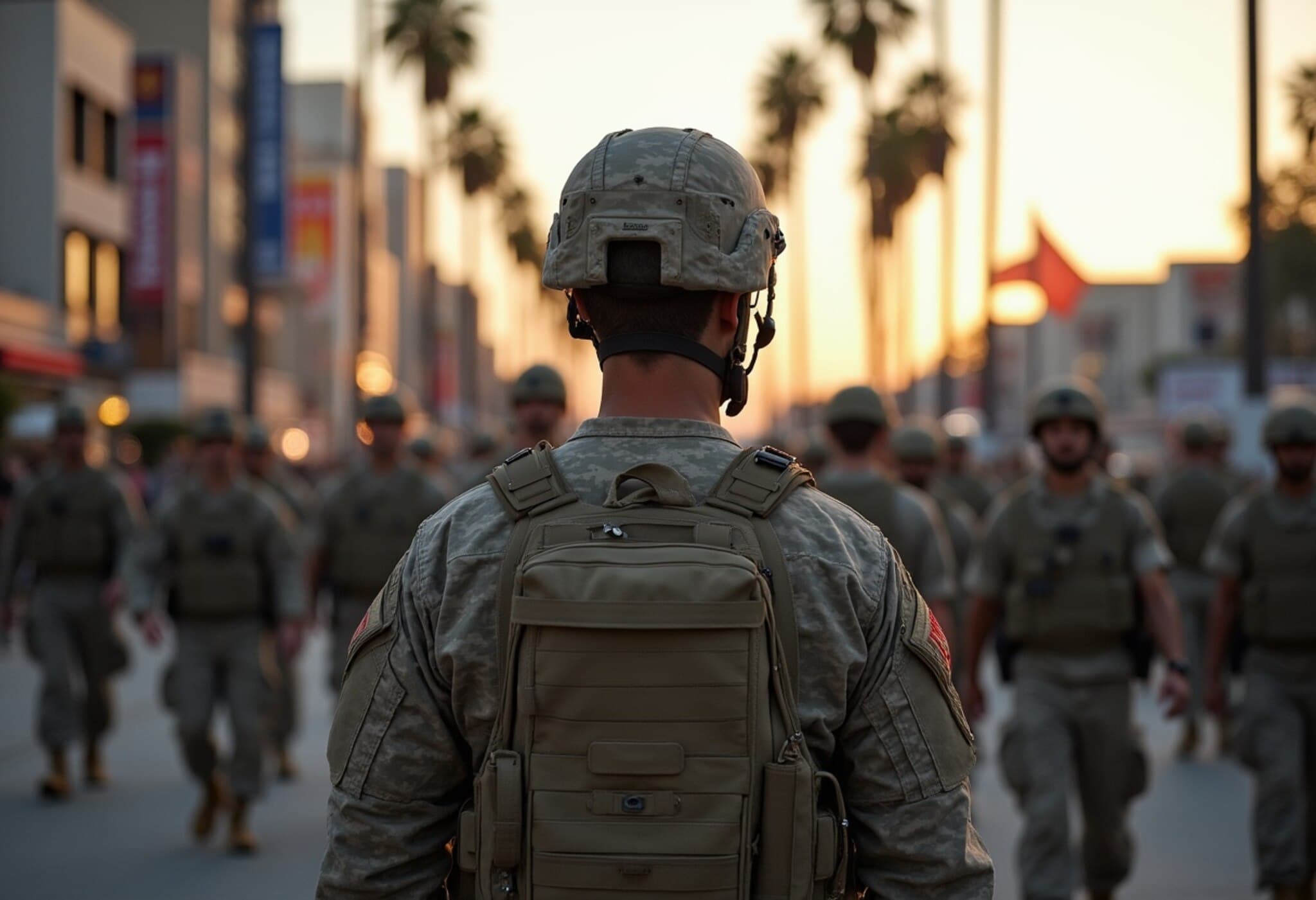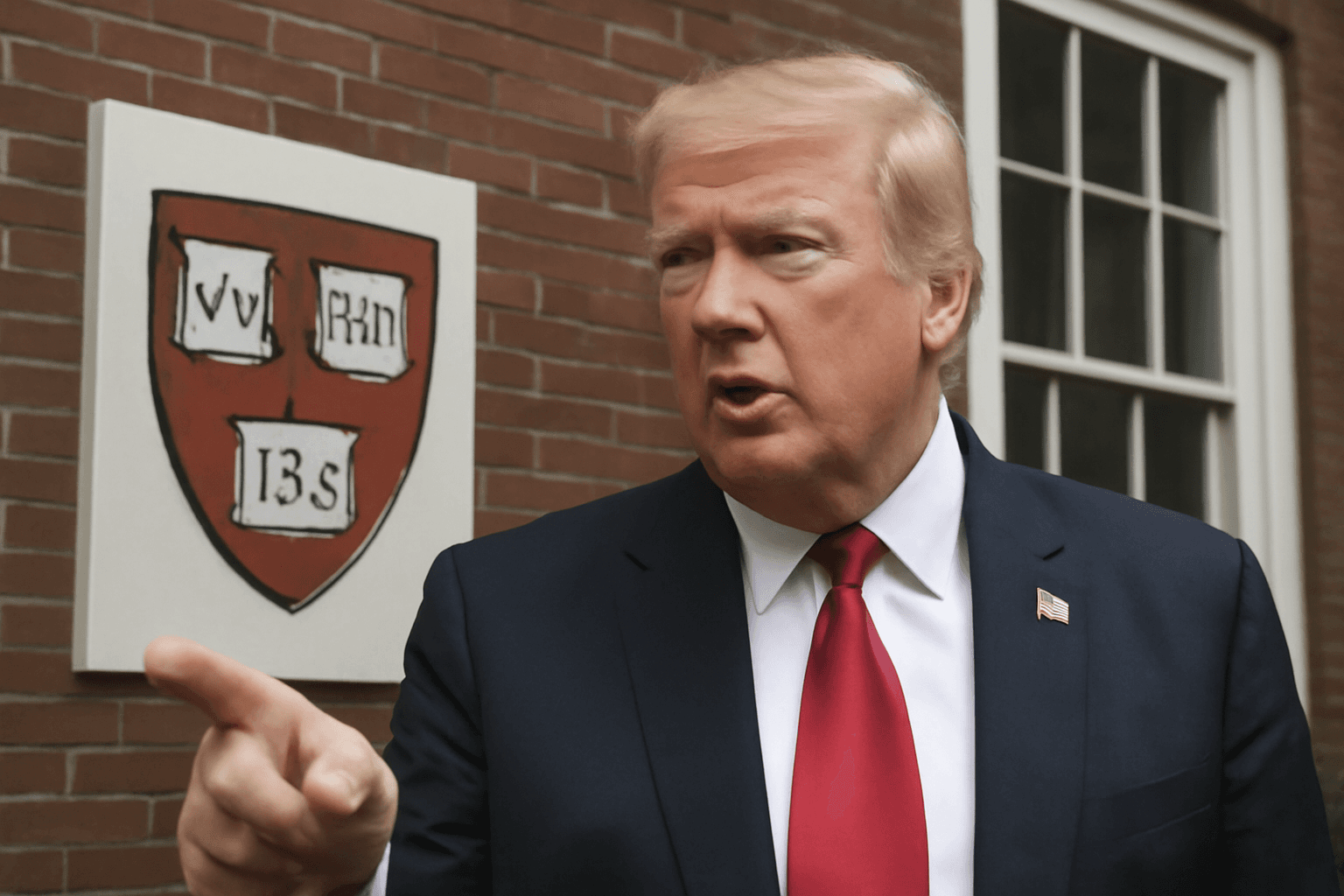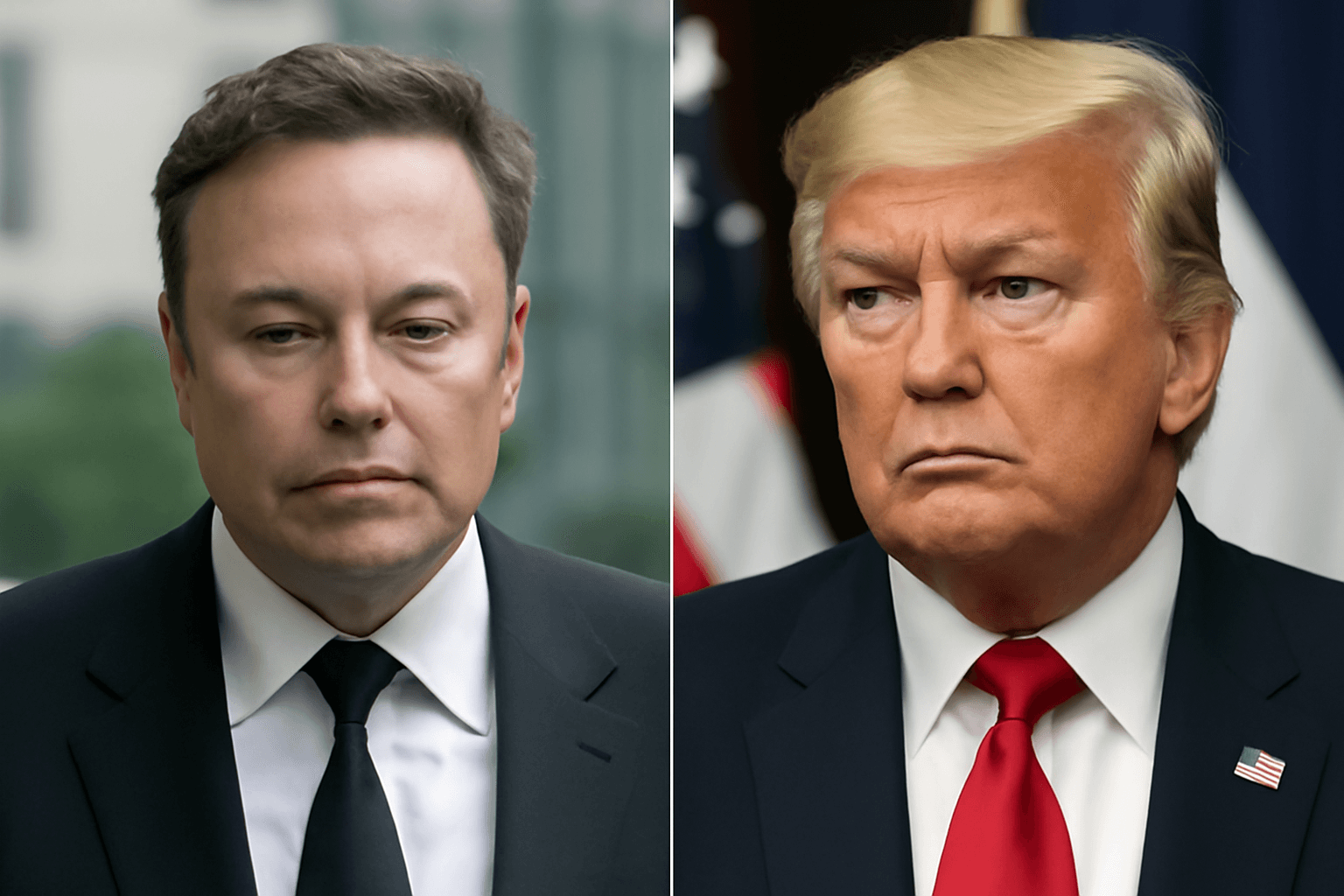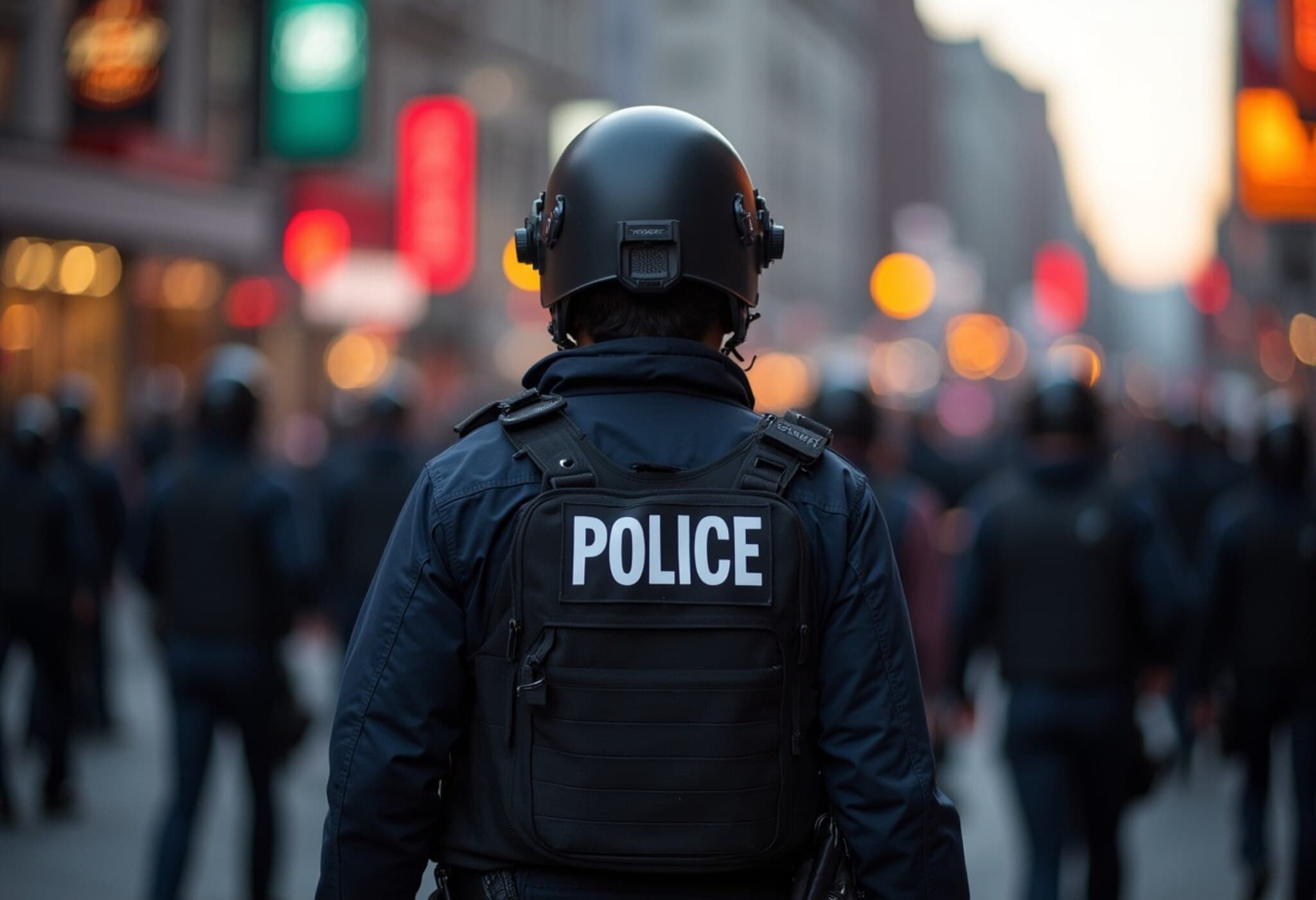Protests Amid Immigration Raids: A Defining Moment
Protests opposing President Donald Trump's aggressive immigration enforcement tactics have surged in Los Angeles, igniting a political storm that could shape his presidency and influence future elections. As the White House intensifies efforts with military deployments, the administration signals an unyielding stance aimed at showcasing strength and consolidating power.
White House's Hardline Strategy
The administration's rhetoric paints the demonstrations as chaotic and criminally fueled, attempting to dehumanize those targeted in immigration raids. White House press secretary Karoline Leavitt framed the conflict as a battle between law enforcement and violent rioters, accusing Democrats of siding with "illegal alien criminals" over order and safety.
Officials emphasize that the deployment of nearly 4,000 National Guard troops and 700 Marines in Los Angeles is a necessary step to restore law and order amid what they describe as "mob violence." Republican voices have further pushed for even more forceful measures, linking unchecked protests with threats to public safety.
Political High Stakes for Democrats
For Democratic leaders, the crisis presents a delicate balancing act. While their base demands a firm response against Trump’s hardline policies, there is concern that appearing too radical could alienate moderate voters lost in the 2024 midterms. Governor Gavin Newsom of California has emerged as a vocal critic of Trump’s tactics, positioning himself prominently in opposition, while other Democrats worry over the party’s lack of a unified message.
Democrats Under Pressure
- Democrats face internal divisions over immigration enforcement strategies.
- There is a risk of being perceived as weak on crime amid unrest.
- Leaders must navigate backlash from both progressive activists and moderate constituents.
Trump's Risky Political Gamble
President Trump’s confrontational approach may rally his supporters, who have historically favored tough immigration policies. His base consistently cheers aggressive rhetoric and enforcement tactics at rallies. Yet the gamble carries significant risks: escalating violence could spiral out of control, causing injuries and eroding public trust.
Historical parallels with his first term’s handling of crises — notably the COVID-19 pandemic and family separations at the border — underscore the potential for lasting damage to his credibility if the situation worsens.
Unrest: Organized or Organic?
Detailed analyses suggest the protests are neither fully spontaneous nor organic. Instead, evidence points to organized groups leveraging the volatile environment, employing coordinated tactics and symbols to drive unrest. This complicates public perception and challenges media narratives that label the demonstrations as "mostly peaceful."
Constitutional and Ethical Questions
Deploying active-duty troops on U.S. soil—a move unseen since civil rights-era interventions—raises profound constitutional debates. Critics argue Trump’s decisions cross legal boundaries and threaten democratic norms, while the administration contends that preserving law and order justifies these actions.
Looking Ahead: The Political Landscape
As this crisis unfolds, the coming months will test the resilience and adaptability of both political parties. Democrats must unify around a coherent immigration stance to counter Trump’s aggressive narrative effectively. Meanwhile, the administration faces the daunting challenge of maintaining control without exacerbating social tensions or alienating the broader electorate.
Key figures to watch include California Governor Gavin Newsom and influential Democrats considering future presidential bids, who may shape the party’s response strategy amid these turbulent times.


